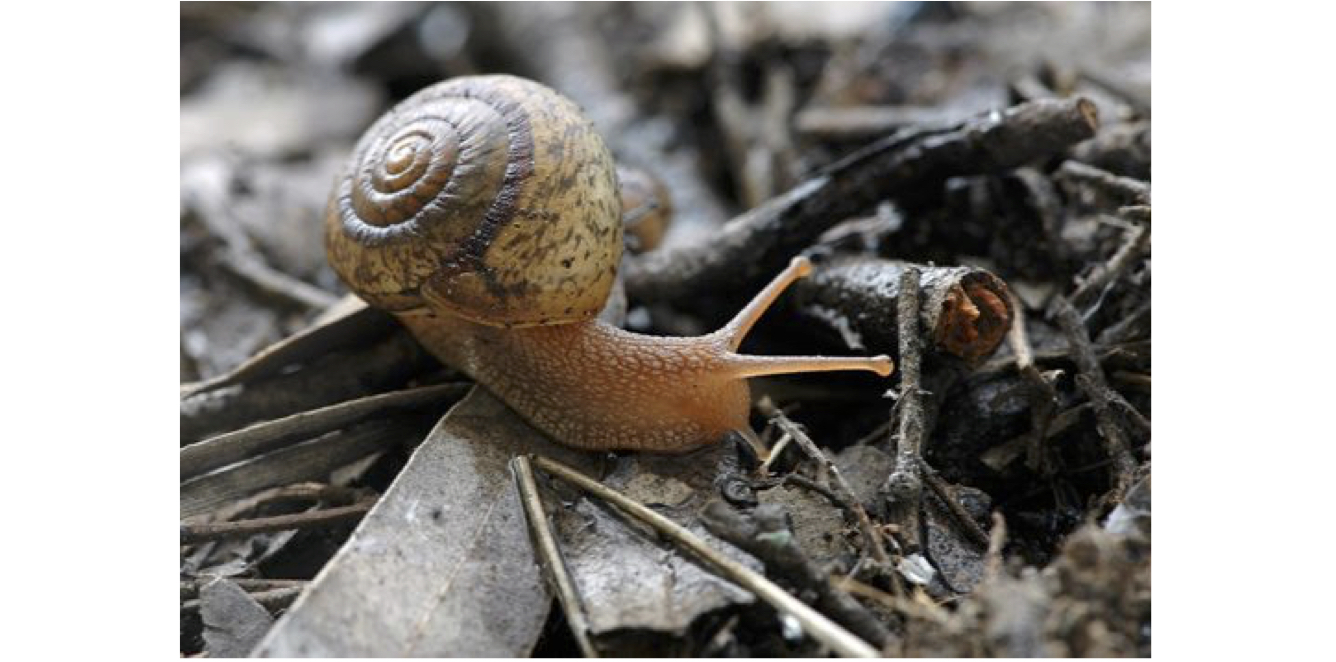Surviving aridification – on the evolution of Australia’s most successful land snail group
Representing Australia’s taxonomically and ecologically most diverse family of land snails, the Camaenidae inhabit a wide range of habitats, from rainforest
Speakers
Content navigation
Description

Representing Australia’s taxonomically and ecologically most diverse family of land snails, the Camaenidae inhabit a wide range of habitats, from rainforest to desert, and occur throughout most of the continent except Tasmania and the far southwest.
This family contains about one third of all Australian land snail species, and their morphological and behavioural diversity surpasses that of any other Australian group. At the same time, many species exhibit remarkable patterns of narrow-range endemism, which are indicative of rather limited dispersal abilities.
Molecular phylogenetic studies appear to be consistent with the hypothesis that Australian camaenids have originated from Southeast Asia in the mid-Cenozoic. Progressive aridification has since caused the retreat and the fragmentation of once widespread mesic and the emergence of arid biomes.
In this talk I am exploring how these major environmental shifts have shaped the patterns of phenotypic and phylogenetic differentiation in the Australian Camaenidae.
Location
Gould Seminar Room (Rm 235), Bldg 116, Gould Building, Daley Road, ANU
